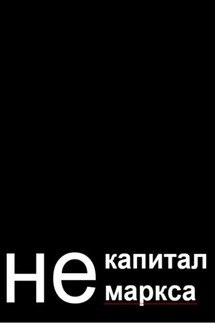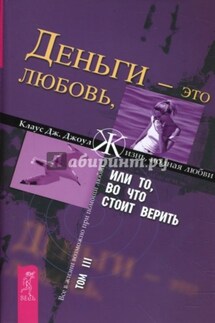The General Theory of Capital: Self-Reproduction of Humans Through Increasing Meanings - страница 51
We would not reduce the complication of thinking and consciousness to the division and addition of knowledge, personality or identity. We are talking about the division and addition of active power as a whole. The division, addition and multiplication of active power means an increase in the complexity of the subject, both the individual human being and the culture-society as a whole. An increase in the number of counterfacts with which a culture-society or an individual operates means an increase in the entropy of the source of meanings, i.e. an increase in the minimal subject.
The division of active power develops along with the division of activity and the division of order that we discussed earlier. Historically, the division, addition and multiplication of meanings leads to a gradual and eventually major divergence between the complexity of the individual and the complexity of the culture-society. An individual takes part in only some of the activities produced by culture-society and operates within only a small part of the socio-cultural order. As a result of this divergence in the growth of meanings, a culture-society creates more counterfacts and produces more complex activities than any one person, or even all of them individually, could create and produce.
We have seen that meaning is not reducible to a minimal action: it contains “redundant” figurae. Likewise, the subject is not reducible to a minimal subject: it also contains “redundant” figurae. The mass of the subject, that is the length of the string of figurae or cultural bits by which it is described, depends on the mass of meanings of which it is the product. The result of the historical division, addition and multiplication of meanings is a growing multiplicity and mass of activities and meanings. However, the multiplicity and mass of meanings necessary for the reproduction of a culture-society as a whole are much greater than those necessary for the reproduction of the individuals who make up that society. We call the multiplicity and mass of activities that reproduce a culture-society the added activity, and the multiplicity and mass of activities that reproduce individuals the necessary activity.
Chapter 3. Simple circulation: surplus activity and exchange value
1. The origin of exchange value and money
Cooperative, administrative and competitive circulation
At the Paleolithic site, appropriation was inextricably linked to consumption: hunters and gatherers consumed where and when they derived their livelihood from nature. In the Neolithic village, agricultural production was isolated in space and time from the consumption of agricultural products: cultivated fields were located away from housing, harvests were stored to be consumed throughout the year. With the growth of crafts unrelated to agriculture, production became further separated from consumption. Production separated from consumption gave rise to circulation. Circulation is the direct or indirect exchange of actions and their results between economic units in the form of a gift, tribute or exchange of goods.
As long as the subjects of production and consumption coincide, there is no circulation. It arises where the subject of production is separated from the subject of consumption. Economic theorists usually link the separation of the subject of consumption and the subject of production with the emergence of exchange:







